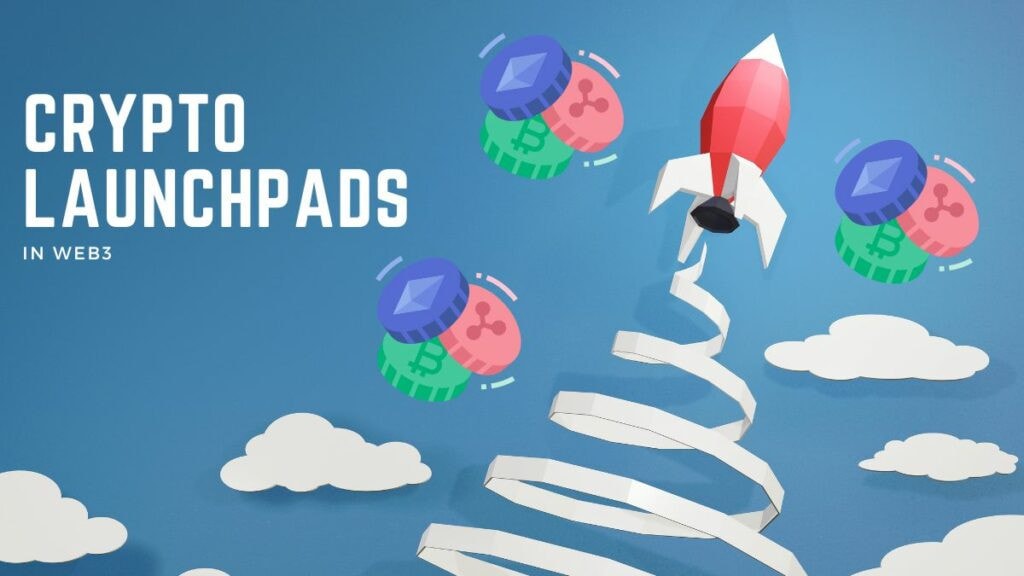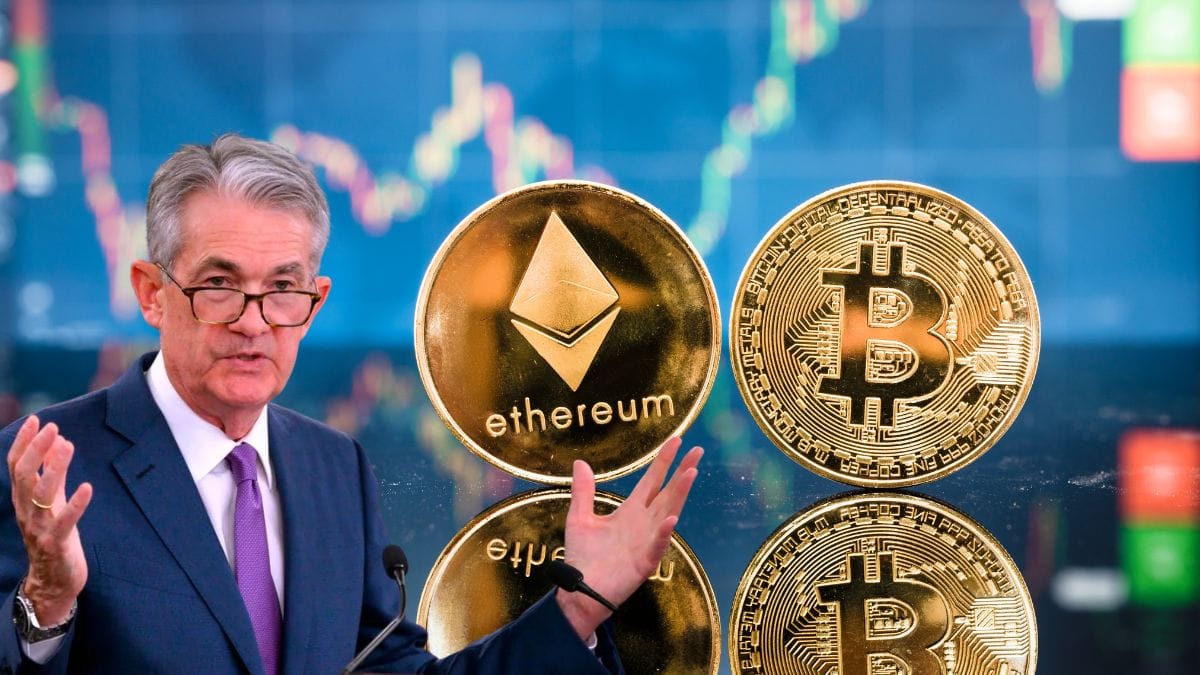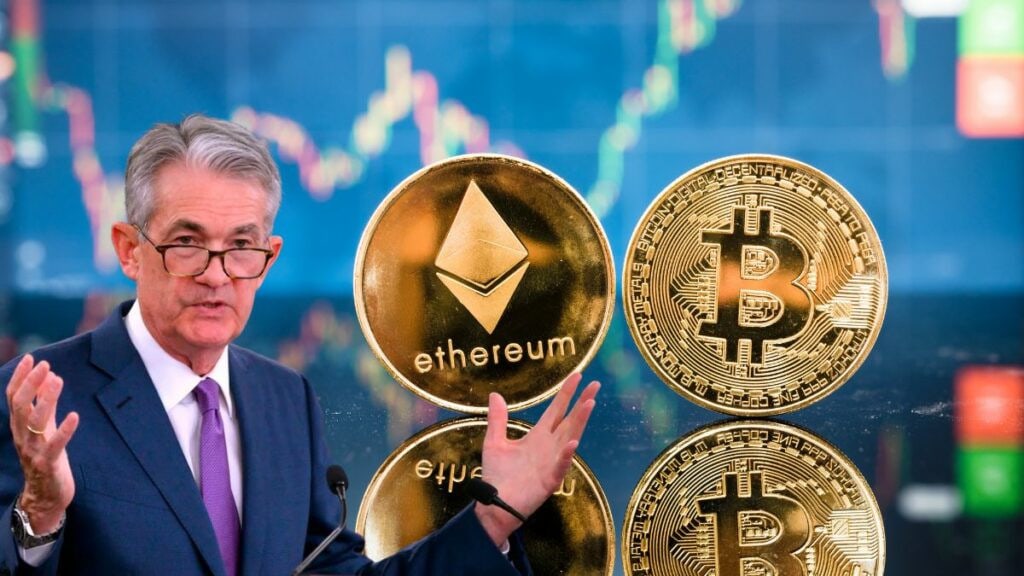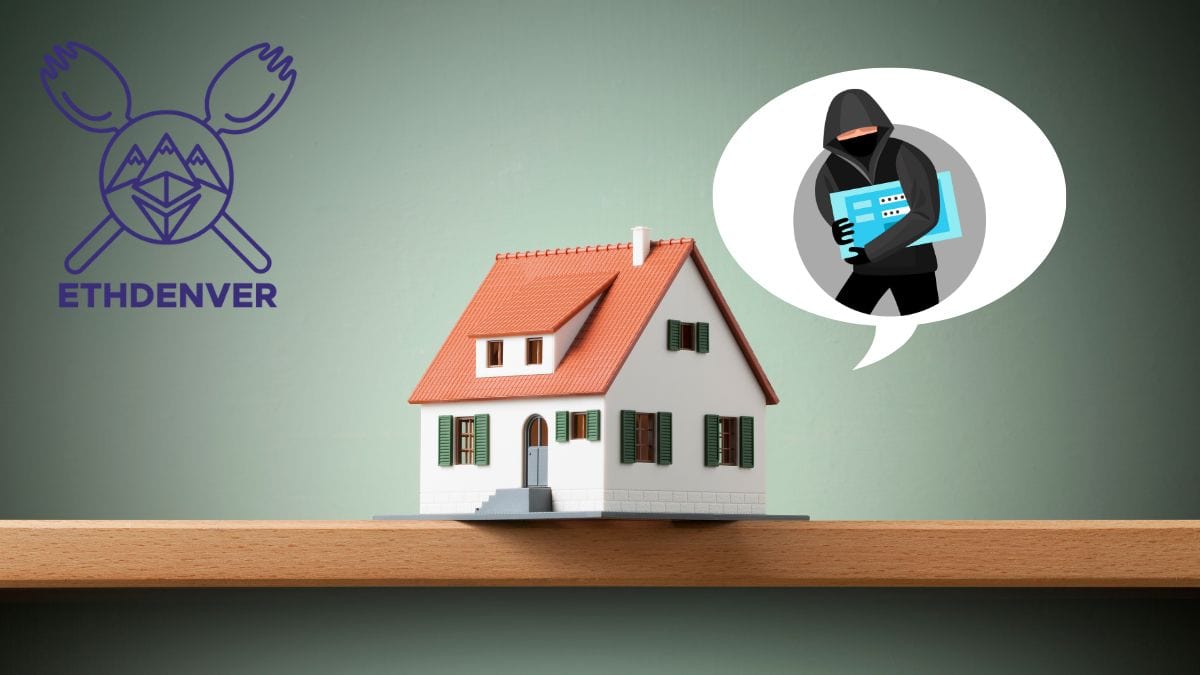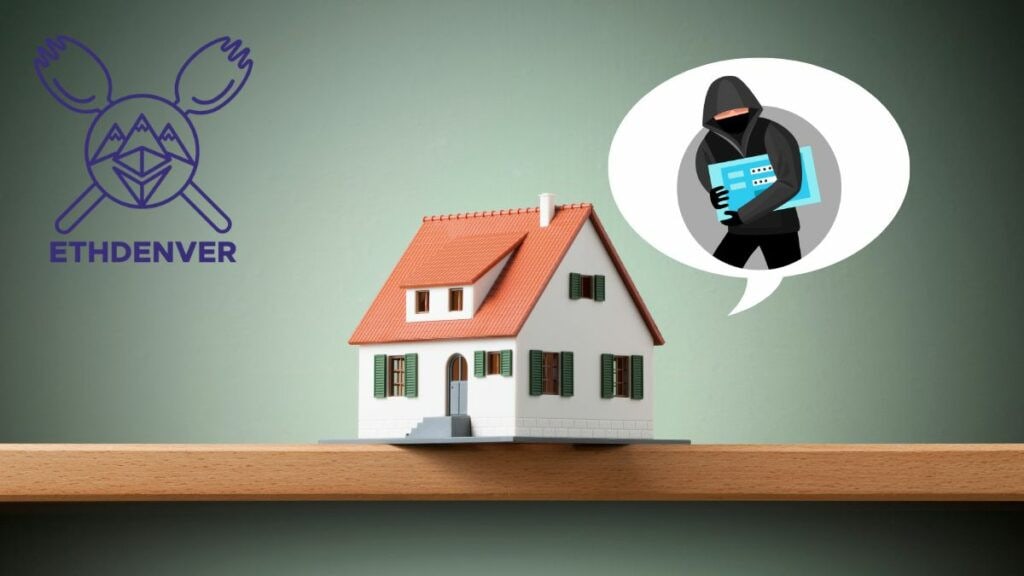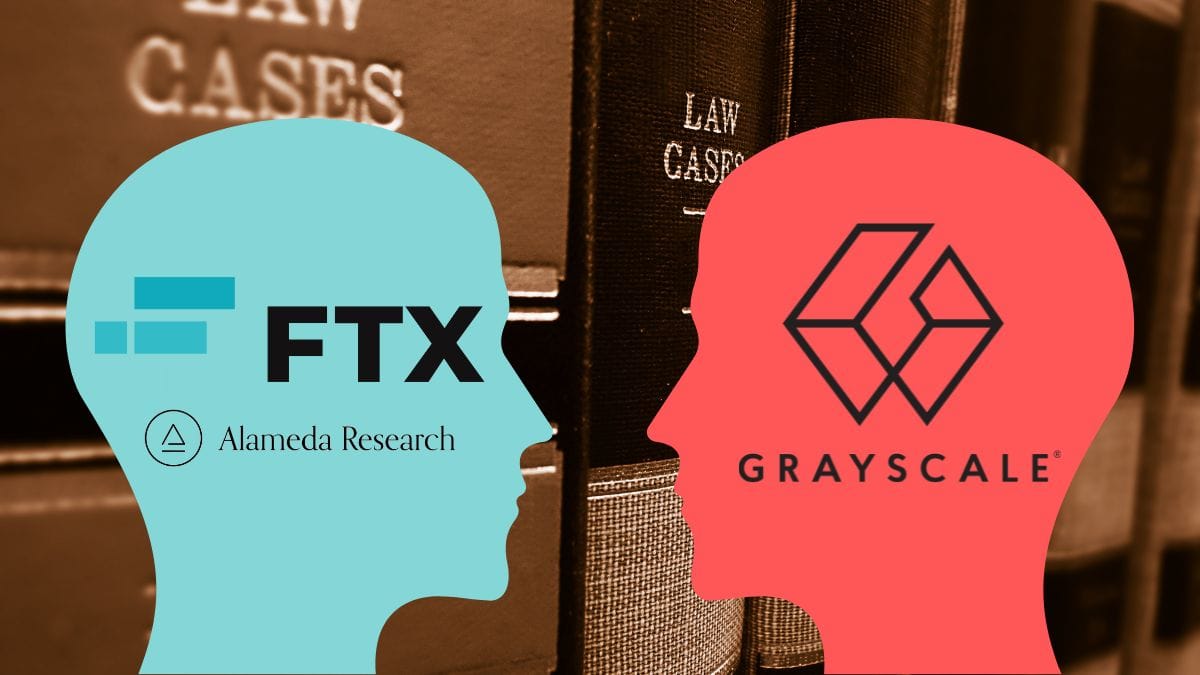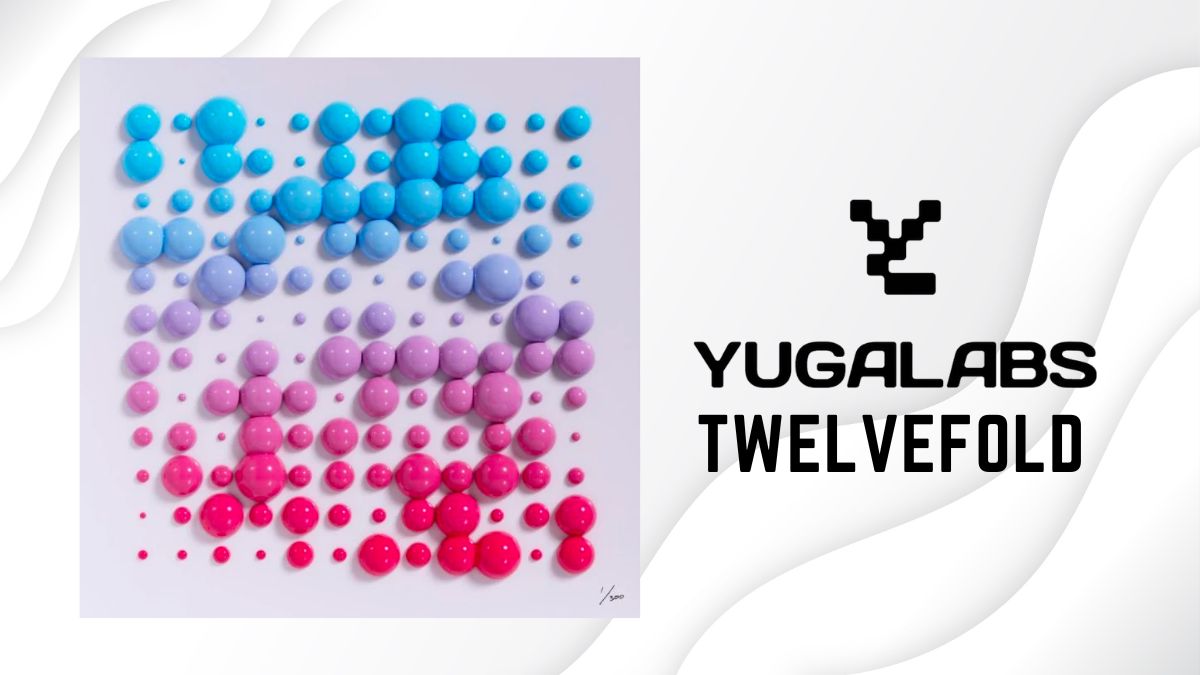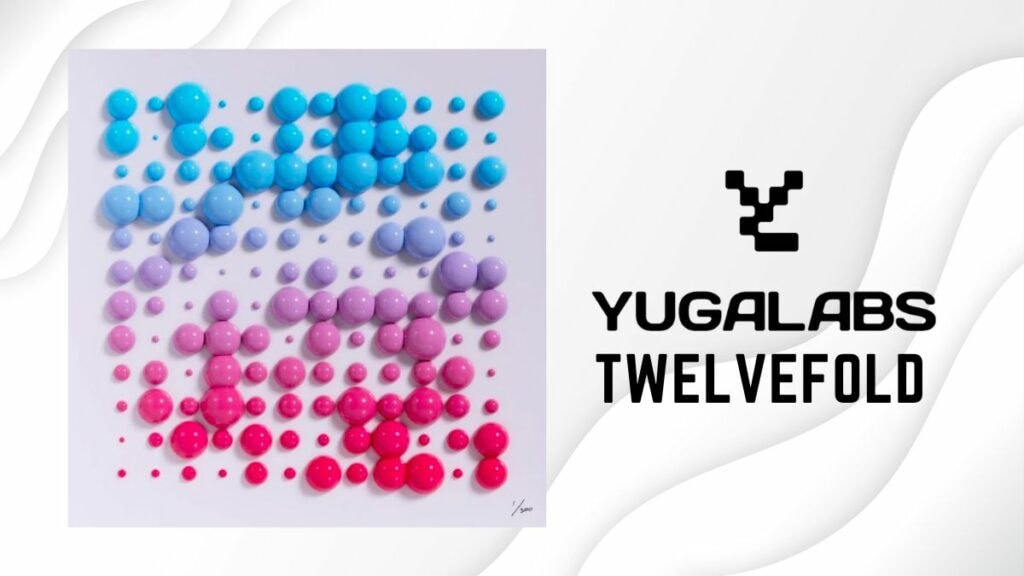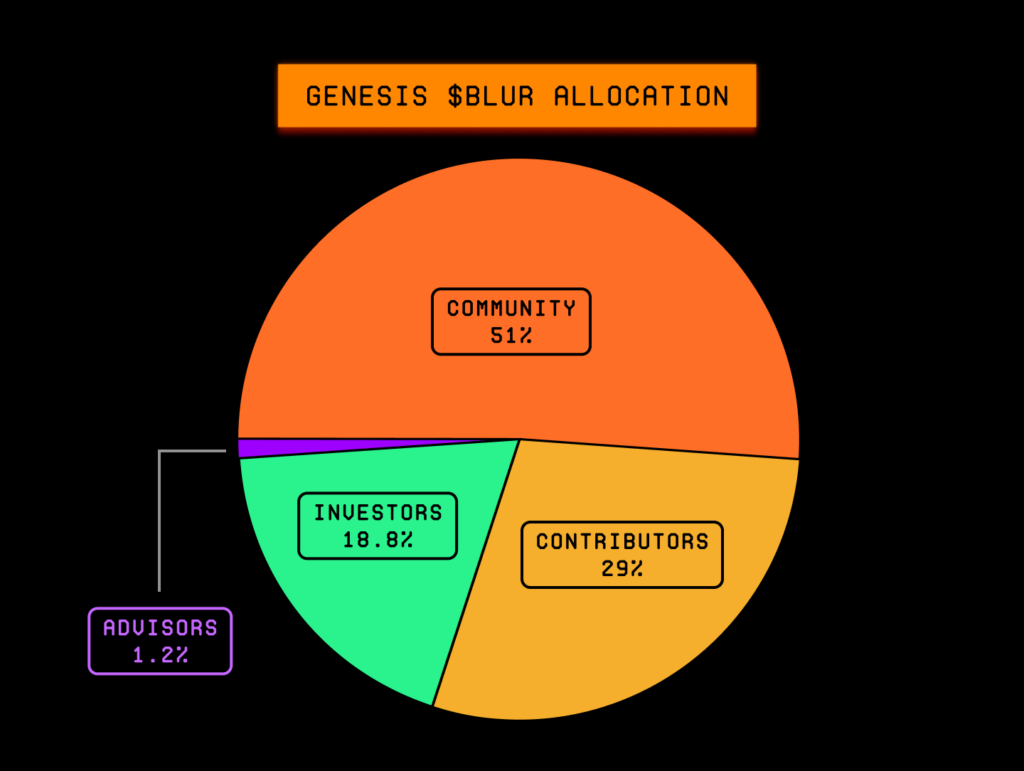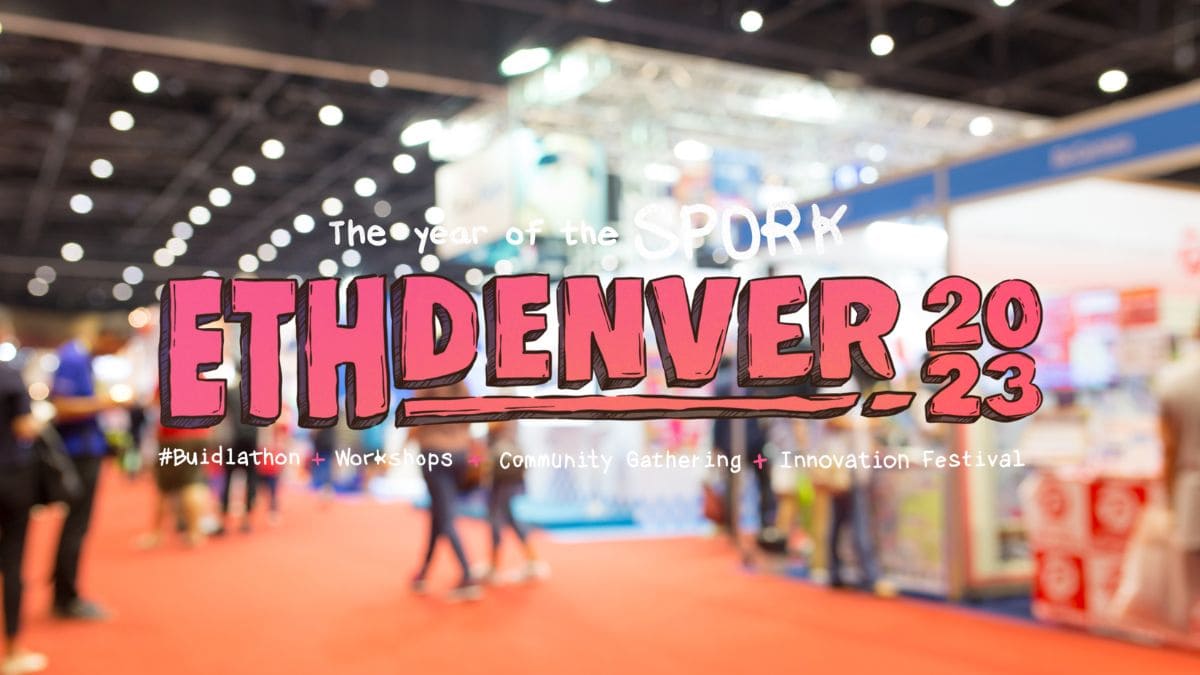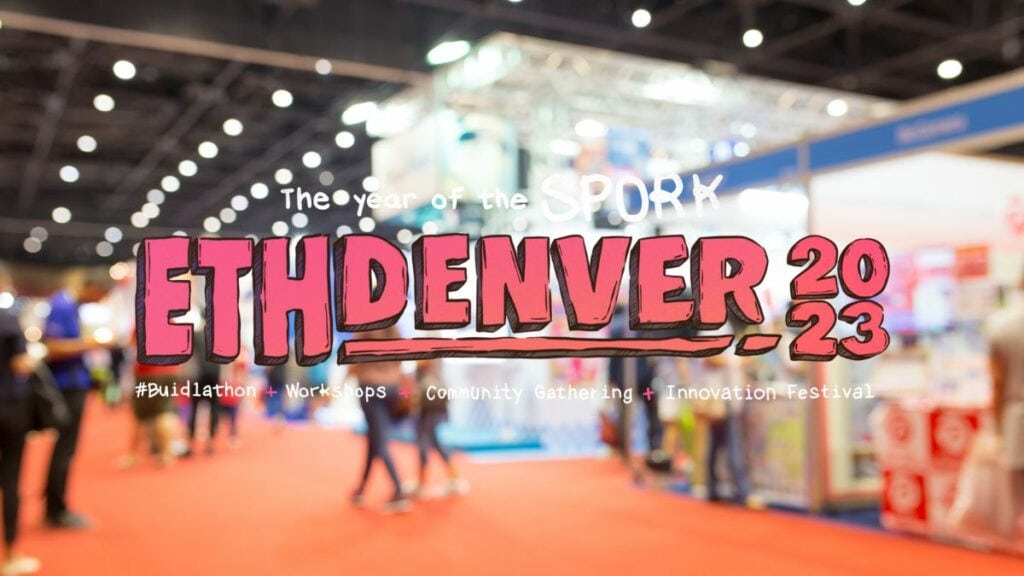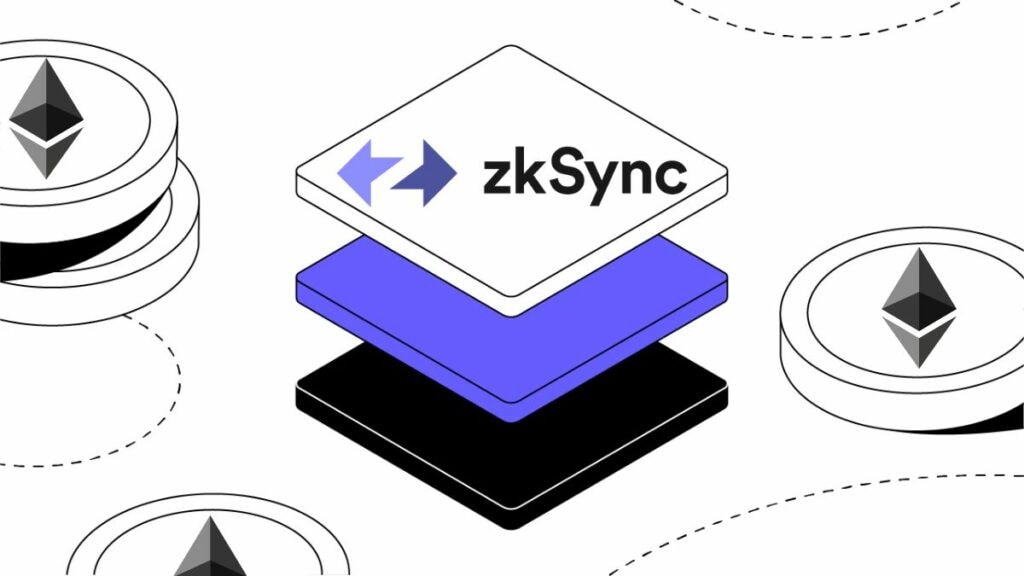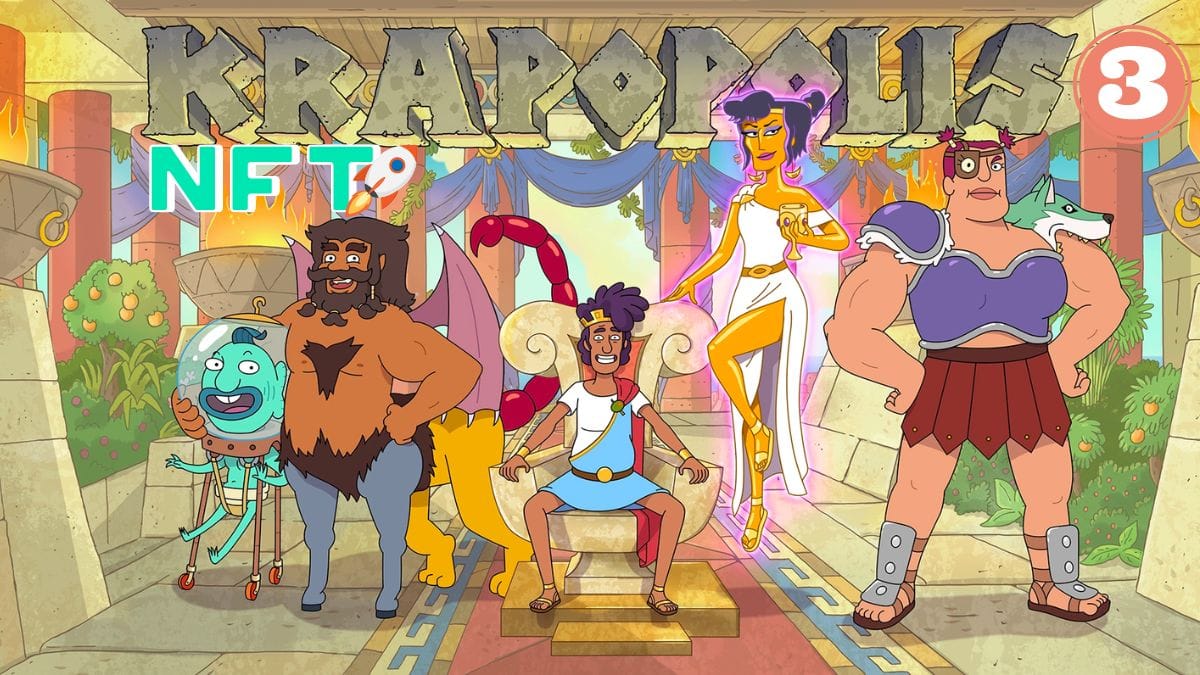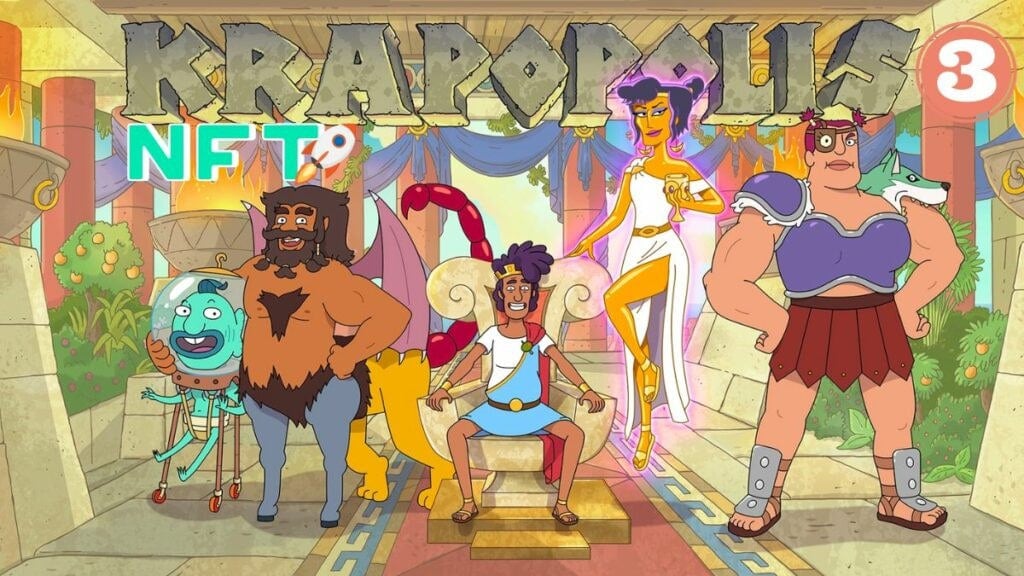
The future of banking and financial services in Pakistan has taken an exciting turn with the signing of a project contract between the Pakistan Banks’ Association (PBA) and Avanza Group to build the country’s first blockchain-based national eKYC banking platform.
The aim of the initiative is to strengthen Anti-Money Laundering capabilities and tackle terror financing, an important matter for the State Bank of Pakistan (SBP), as well as to improve operational efficiencies and customer experience during onboarding.
The project contract was signed in Karachi on 2nd March 2023 by the group of 31 traditional banks associated with PBA, some of the bigger names being Industrial and Commercial Bank of China, Citibank and Deutsche Bank. With the launch of the eKYC system, these banks will be able to assess existing and new customers based on the sharing of customer updates with their explicit consent.
The eKYC system which has been coined as ‘Consonance’, will allow the banks to standardize and exchange customer data via a decentralized and self-regulated network. This platform provides convenience and increases the risk management of KYC processes and AML regulations, with the blockchain technology optimizing data verification and authentication.
In related news, the SBP has recently proposed new laws to ensure the launch of a central bank digital currency (CBDC) by 2025. Through the licenses to electronic money institutions for CBDC issuance, the SBP is showing commitment towards progress, adoption of technology and digitization of the financial system.
Pakistan is among the countries striving ahead in the digital currency race and making steps in the digital payment system wave. This has been acknowledged by the Binance and BNB Chain execs, who have teamed up with the National Bank of Kazakhstan to launch their own CBDC project. The Astana Financial Services Authority has granted Binance a permanent license to manage a digital asset platform and provide custody services in October 2022.
The Central Bank of Kazakhstan has embarked on its project of centralized digital currency ‘digital tenge’ and is set to run its project until the end of 2025. Moreover, Kazakhstan is also partnering with Binance to teach blockchain technology courses to 40,000 people across the country, introducing students to blockchain technology as part of the university curriculum.
Now, with the PBA leading the way in blockchain technology, it is expected that more financial institutions will join in its effort to create an easier and secured banking experience for Pakistan. The PBA’s new eKYC system will cut down the time on manual KYC processes for customers. In the coming years, this platform could not only lay the foundation for a digital economy even further, but also improve the banking experience for all Pakistani citizens and businesses.
In conclusion, the move towards blockchain technology and the digital currency is a welcomed one and could be a big stepping stone in the future of financial services. By the end of 2025, the State Bank of Pakistan could potentially launch its CBDC and the PBA’s project would no doubt play an important role in implementing and regulating the platform. All these efforts could help unlock the future of finance in Pakistan.


